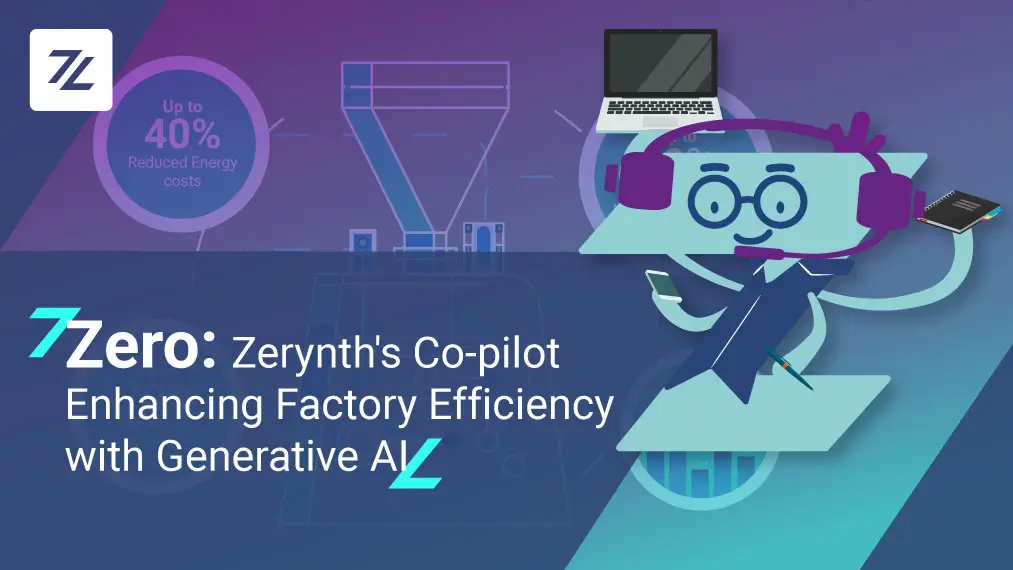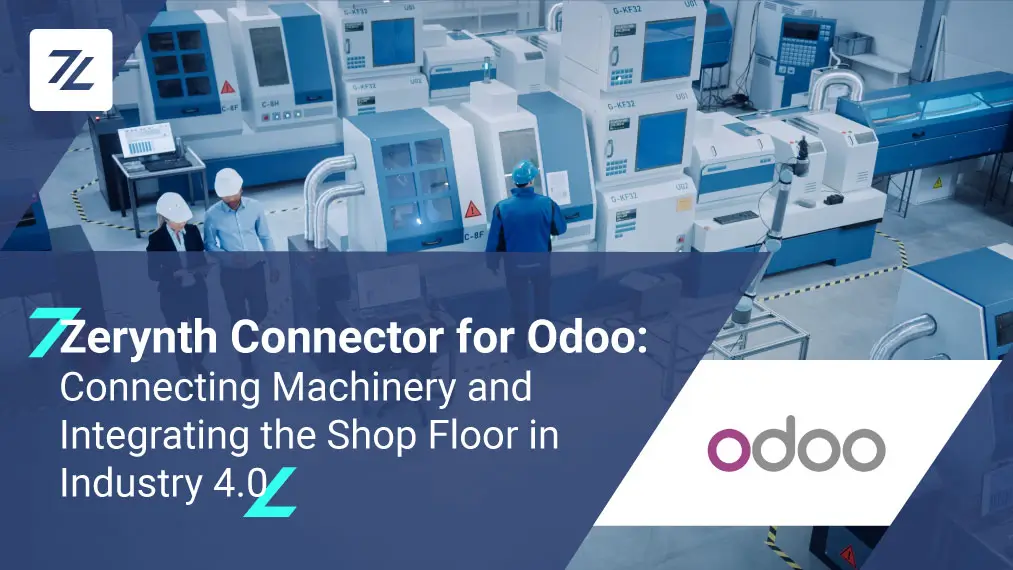In the previous articles, we talked about the life cycle of an IoT device and how the ZDM manages a device, and even as the data and event concepts are integrated. In this article, we will deal with less general topics that are updating via FOTA with the Zerynth Device Manager.
But first, let’s make a brief introduction of the Zerynth Device Manager.
The Zerynth Device Manager tool offers the opportunity to connect and manage any device, and its data, to a single interface. The ZDM has all the knowledge of Zerynth under the dashboard and for this, it supports all the devices already supported by Zerynth OS and the related libraries, it also works well with CPU-based SBC, computers and software applications, thanks to the ZDM-Client Python library.
FOTA Update
FOTA (Firmware Over The Air) updates are a particular category of jobs that are available by default in the ZDM device library for Zerynth OS. It is a technology that enables the device makers to deliver the wireless update for their devices since it allows you to connect to all devices practically anywhere remotely. The FOTA can be done with different methods, in particular, the ZDM uses the binary replacement.
Binary replacement is the simplest update method used for remote firmware updates. So, this is how it’s done.
First, you download the binary file to a specific slot in the flash memory, which is then marked as executable. Then, after the VM has been restarted, the bytecode is read from the newly marked slot and the new code gets executed.
To use the FOTA in a device present in your ZDM you can use the example number 4 present in the “Examples” section of the “Getting started” of the ZDM.
Beta testing
Zerynth Device Manager is a new product, and we would like to know what our users think about it. We would also like to know if there are features you would like to see in the future.
That is why the Device Manager is in the Beta version right now. Report any feedback you have in this Forum category.
We have also created extensive documentation for the Zerynth Device Manager. You can begin your journey by reading the Getting Started guide. You’ll learn the basic terminology, how to access the ZDM, and you’ll get to see some useful examples.





